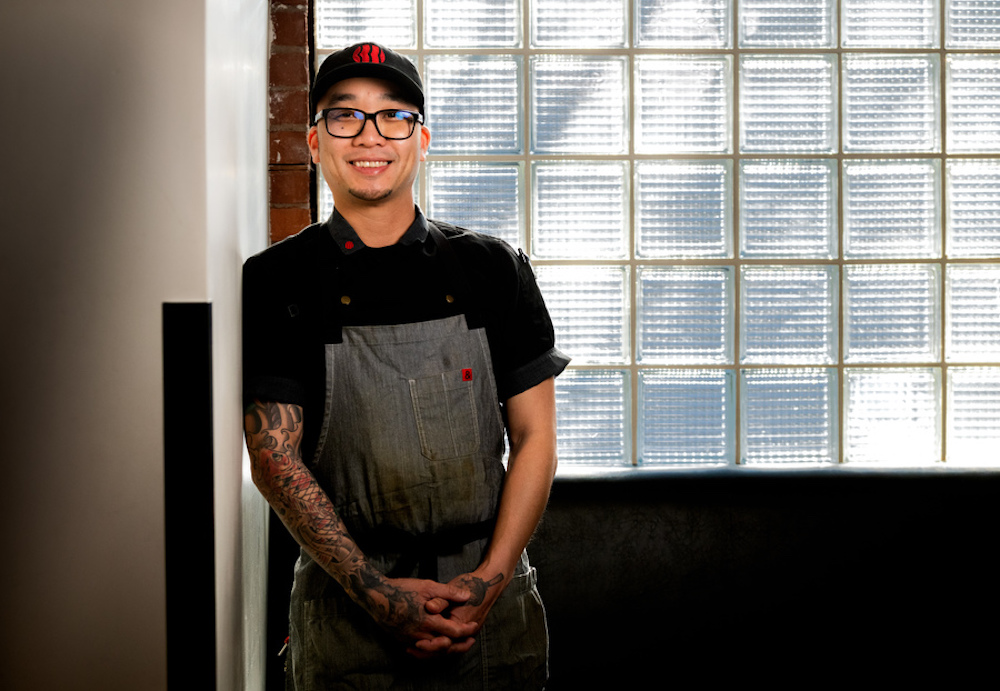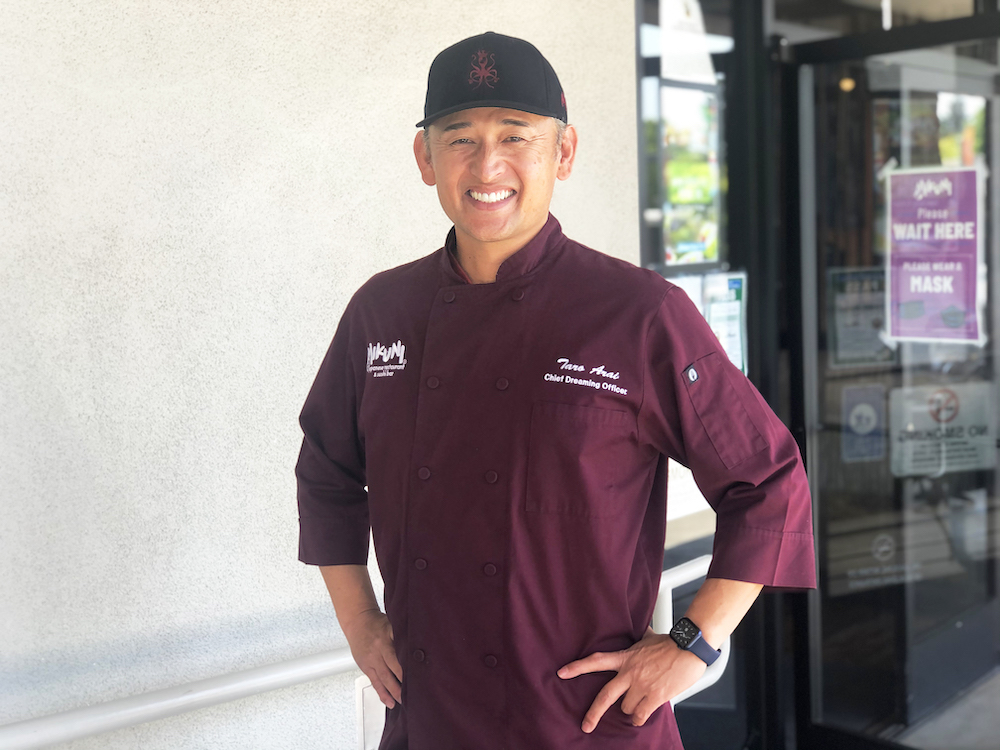Sushi Bars hope to be on a roll later this spring
By Jim Morris
The pandemic has taken a tremendous toll on our world. Besides the loss of life, many businesses have suffered significant losses. Restaurants, for example, reportedly took a $240 billion hit last year.
Some of my close friends operate sushi restaurants, and it has been difficult to follow the hurdles they’ve experienced. Lost dining has a ripple effect on so many, and the pandemic has robbed us of the simple pleasure of sitting in a restaurant with loved ones, enjoying great food.
Take Kru Restaurant, the critically-acclaimed restaurant from chef/owner Billy Ngo. Kru is currently at 25 percent capacity for indoor dining, plus to go and patio service. This is a start to a climb toward normalcy, and an improvement from the days with only takeout service when sales dropped by about 75 percent.

Kru has a work force of about 45, and Billy said the hardest part of the last year has been opening and closing based on the latest government requirements, which is draining and tough on employees.
Billy credits their loyal customers for helping, with a strong take out business and gift card purchase.
He remained optimistic that a better day is coming; perhaps later this spring, when current information suggests a fuller reopening.
“I’m very optimistic. My main goal is to make sure we survive and get through this,” he remarked. “To do that, we were like a bear going into hibernation until things improve. I’m very hopeful and positive that things will bounce back.”
Despite the challenging year plus, there’s also optimism from Taro Arai, Chief Dreaming Officer of Mikuni, which has nine restaurants in Northern California.

“Every day we have had new challenges,” Taro said. “My job all through this COVID season has been to encourage my managers, to not just survive, but keep our hope and thrive.”
Taro said they have learned a lot through the shutdown, including a huge increase in their virtual Sushiology classes.
“I just want to focus on thanking our community,” he remarked. “Since we were closed for a long time, we had amazing support for to go, curbside and delivery. I can’t thank everyone enough and can’t wait to give back as much as we can in the future.”
Before the pandemic, Mikuni served more than 1 and half million customers annually, utilizing about 20 tons of California Rice every month.
From a rice perspective, sushi bars have been a significant part of the customer base. California supplies virtually all of America’s sushi rice, and our state is also the birthplace of the American sushi movement. During the pandemic, less rice was shipped to restaurants, with greater sales to supermarkets. Fortunately, restaurant and foodservice sales are on the rise again, and there’s a sufficient available rice supply.
For Taro, Billy, their employees and all of us, I hope we will soon be back in restaurants, with a newfound appreciation of the joy they bring.
 Jim Morris is Communications Manager for the California Rice Commission. Jim has worked in communications for more than 20 years. When he’s not on the job, he enjoys his family, faith, football, outrageous monster stories and running marathons.
Jim Morris is Communications Manager for the California Rice Commission. Jim has worked in communications for more than 20 years. When he’s not on the job, he enjoys his family, faith, football, outrageous monster stories and running marathons.





